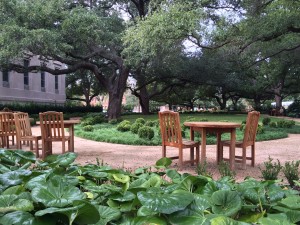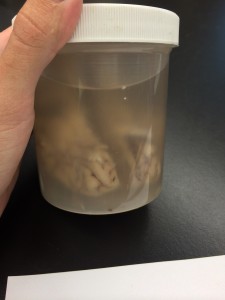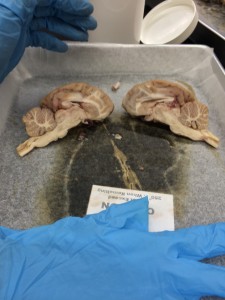By Joe Bridgeman
A common worry among college students is “What should I major in?” or “What classes should I take?” Fortunately, new students have four years to explore these very questions! While you are earning your degree at Baylor, you will take three types of classes:
- Core classes, which pertain directly to your major.
- Secondary classes, which are required by your degree type.
- Elective classes, which are taken for fun.
Some majors and degree programs can be heavy on the core and secondary classes. However, there is always room for a few electives here or there, and these electives can really brighten up a semester. Baylor offers a lot of interesting classes that you can try out for fun or to get a taste of another major’s academic life. Some neat ones I found are:
- Backpacking & Camping
- Beginning Bowling
- Social Dance
- Swahili
- Slavic & East European Studies
- Abnormal Psychology
- The Causes of War
- Basic Guitar
- Neuropharmacology (shameless neuroscience plug)
- Crime Scene Investigation
- Space Weather
- Arabic
In addition to electives, there are also many programs you can enroll in at Baylor. For example, there are nine pre-professional programs that can focus you into a desired professional field, four Honors College programs which offer harder, but more interesting classes, and more than 60 study abroad programs. Take a look at the programs and majors available to you when you start Baylor. You have time to sample them; choosing can come later. Look early into study abroad programs, so you can plan ahead of time. Take those fun electives that you’ve always wanted to try! You only get opportunities like this once in a lifetime.




